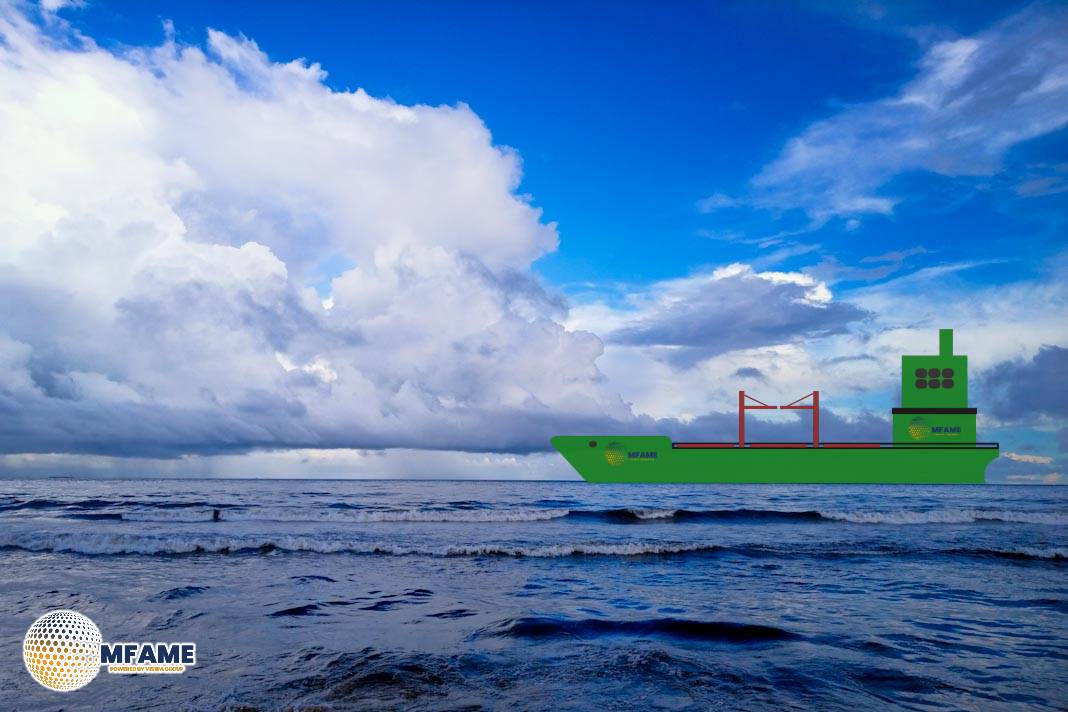U.S. President Donald Trump announced that he has approved South Korea to build a nuclear-powered submarine, a move that could significantly alter the regional security landscape and challenge long-standing non-proliferation norms, reports Reuters.
The decision, revealed on Trump’s social media platform, marks the first time the United States has agreed to allow South Korea access to nuclear-propulsion technology, which until now has been shared only with close allies like the United Kingdom and Australia.
Deepening defense collaboration between Washington and Seoul
Trump stated that he had “given them approval to build a Nuclear Powered Submarine, rather than the old-fashioned, and far less nimble, diesel-powered submarines that they have now.” He added that the project would be carried out at a shipyard in Philadelphia, where South Korean firms already hold investments. Alongside this military cooperation, Trump noted that Seoul had agreed to purchase significant volumes of U.S. oil and gas, reflecting a broader bilateral deal.
While the announcement signals deepening defense collaboration between Washington and Seoul, it also raises a host of technical and diplomatic questions. South Korea’s industry ministry said no detailed discussions had yet taken place regarding submarine construction in Philadelphia, suggesting that the initiative remains in its early stages. Moreover, Trump did not clarify how the nuclear-propulsion technology or reactor fuel would be supplied, leaving open critical issues of uranium enrichment, reactor design, and regulatory oversight.
Experts have warned that nuclear-powered submarine programs typically require access to highly enriched uranium, which is subject to strict international controls. The Washington-based Arms Control Association said the move “raises all sorts of questions” about how it would align with existing non-proliferation agreements. South Korea has previously sought U.S. permission to reprocess spent nuclear fuel and enrich uranium domestically—requests that Washington has historically denied to prevent proliferation risks.
If realized, the submarine program would represent a major leap for South Korea’s naval capabilities. Nuclear-powered submarines can operate underwater for extended periods and travel greater distances without refueling, offering a strategic advantage over conventional diesel-electric vessels. President Lee Jae-myung has suggested that such a platform would allow South Korea to strengthen its self-defense and reduce reliance on the U.S. nuclear umbrella in deterring regional threats.
Major turning point in U.S.-South Korea defense relations
China reacted swiftly to the announcement, urging both Washington and Seoul to adhere to their non-proliferation obligations. The Chinese foreign ministry emphasized that military cooperation involving nuclear technology must not undermine regional stability or the global non-proliferation regime. The development has also drawn parallels to the AUKUS pact, under which Australia was given access to U.S. and U.K. nuclear submarine technology—a move that had already stirred debate over nuclear technology sharing among allies.
The proposed submarine program could mark a major turning point in U.S.-South Korea defense relations, but it also risks triggering new tensions in East Asia. Observers say the project’s feasibility will depend on whether the U.S. provides the necessary technical know-how and fuel supply, as well as how the International Atomic Energy Agency (IAEA) ensures compliance with the Nuclear Non-Proliferation Treaty (NPT).
For now, the announcement underscores the shifting dynamics of defense partnerships in the Indo-Pacific, where concerns over China’s growing military power and North Korea’s nuclear ambitions are prompting allies to seek more advanced deterrent capabilities. Whether South Korea’s nuclear-powered submarine becomes a reality—or remains a political statement—will likely depend on how Washington balances strategic advantage against global non-proliferation principles.
Did you subscribe to our daily Newsletter?
It’s Free Click here to Subscribe!
Source: Reuters

















